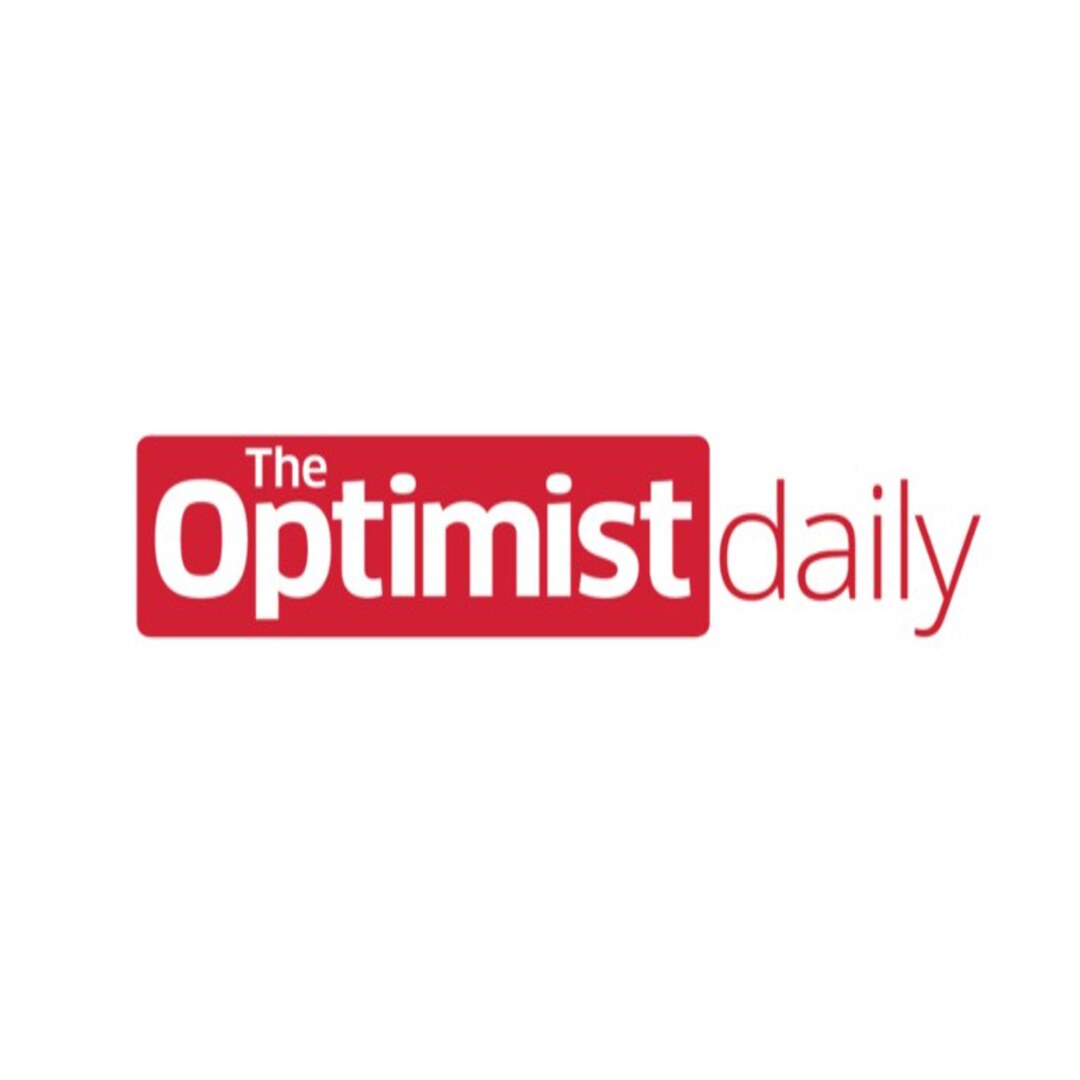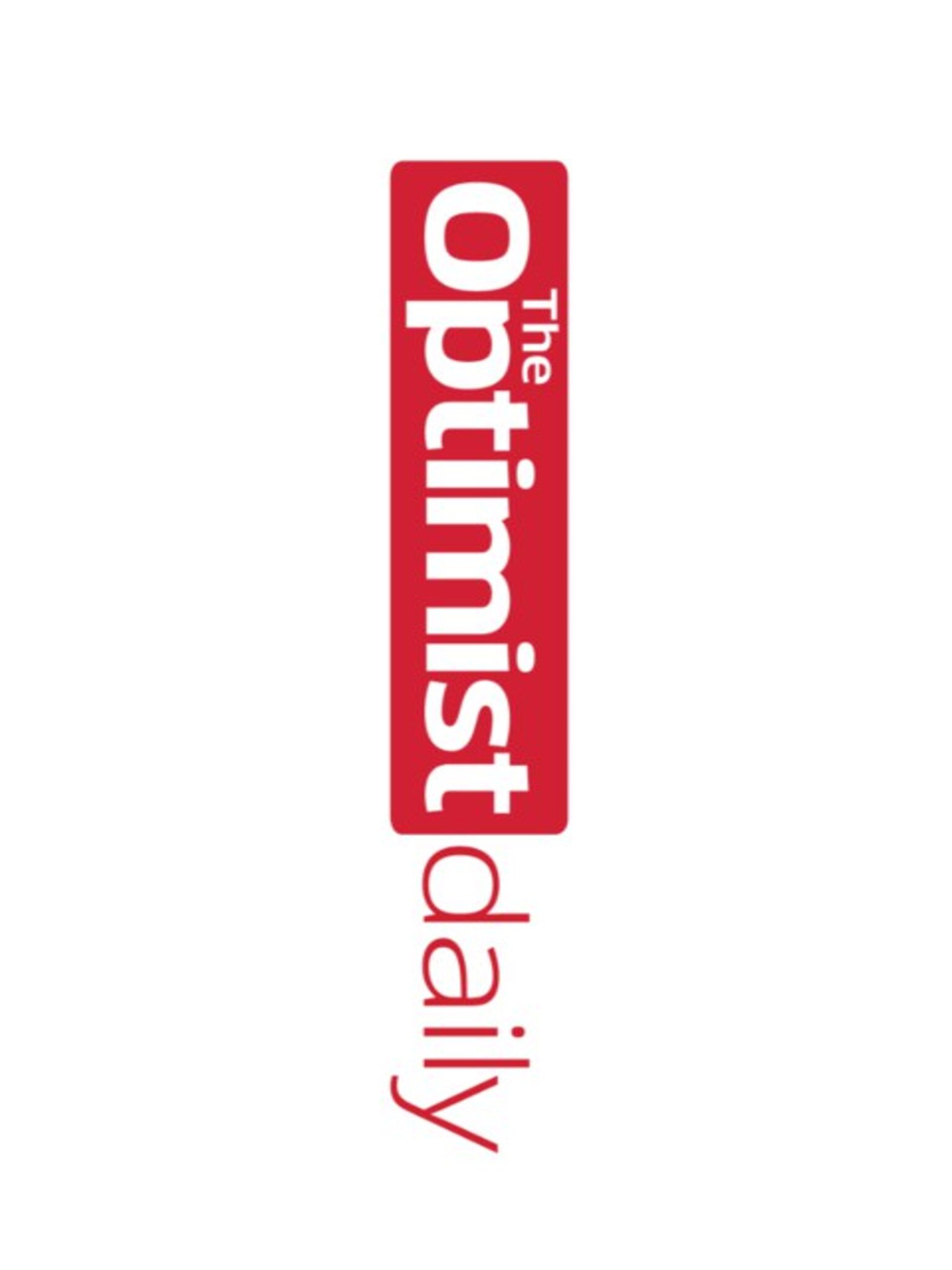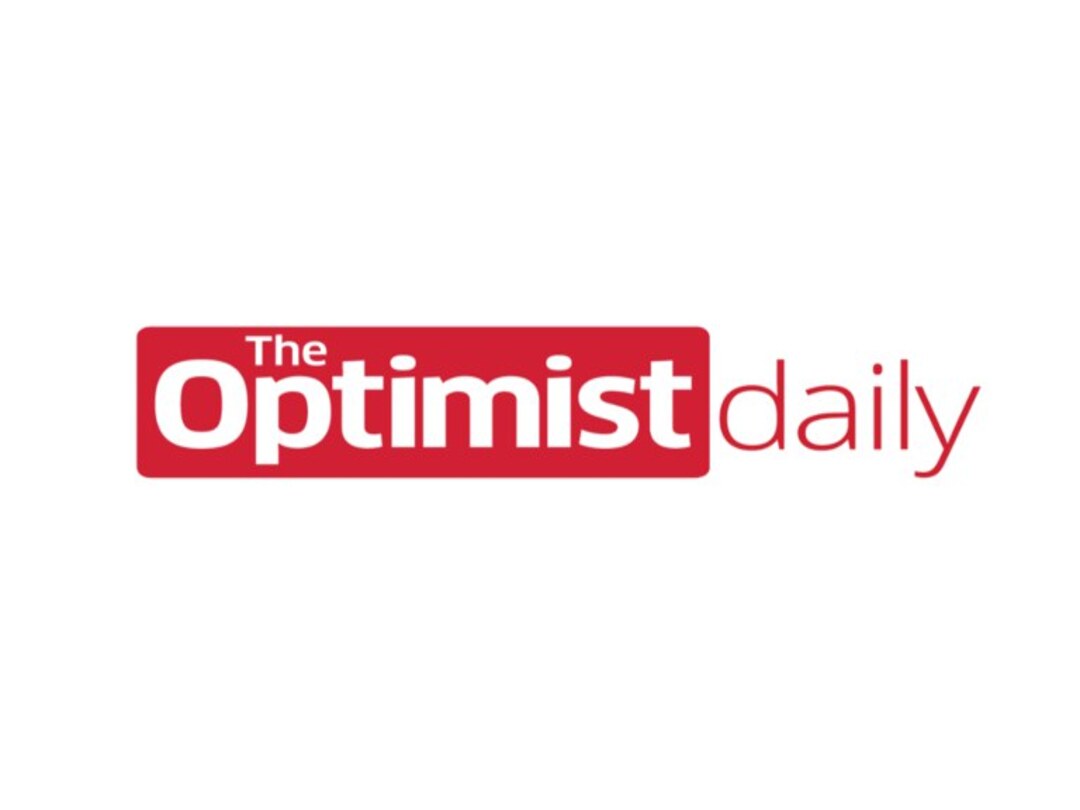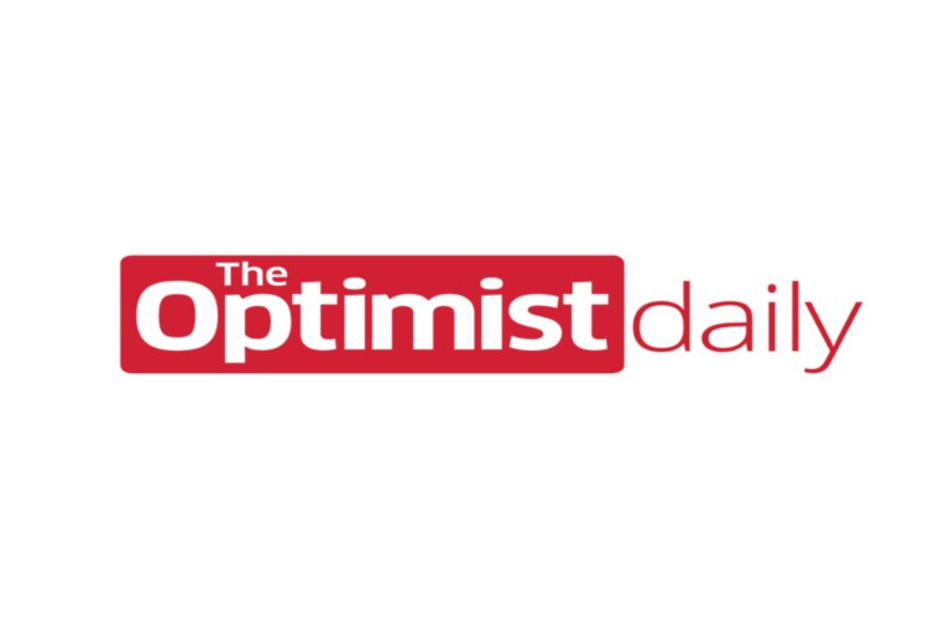By Summers McKay
CEO New Mom Status:
I am standing in my kitchen with my computer up on the bar, wearing my four-week-old baby in a front carrier. My phone is tucked in my bra strap, my wireless headphones are on, and I have a Swiffer duster in one hand and our editorial team from around the world on a conference call. I am exhausted, determined, covered in breast milk, and trying very hard to prove that brand new motherhood and brand new CEO’ing can co-exist…
24 hours later, the baby and I were both in the hospital with a rare, independent but concurrent case of mother and baby mastitis – a breast tissue infection that for me felt like the worst flu I’d ever had. For my baby, who knows, but it was definitely the worst my little girl had ever felt. We were put on 10 days of serious antibiotics and my precious little miracle baby and I spent the night snuggling and crying in a hospital bed together. It wasn’t the best day.
That was six weeks ago.
Burning the candle at both ends and in the middle – while being a brand new mother without assistance other than the occasional afternoon with her grandparents and my friends coming by on the weekends – simply wasn’t going to work. Our baby girl joined an already swamped family of four with a mom running a company at a major point of pivot. No amount of excessive determination could get past the fact that being a new mom and an entrepreneurial CEO are both more than full-time jobs and my usual breakneck speed pace of work was going to have to change in order for us all to thrive.
When my team and I sat down to take on parenting and working as an article I had a delightful fantasy that I would have wisdom to offer, joining the ranks of the “Marissa Mayers” of the world (former Yahoo CEO who had twins while running the business). I figured that this new endeavor of embarking on my two biggest roles yet would be just another mountain I’d climb and I would nail it.
What follows is not an article about how we do things perfectly, or how The Optimist Daily is a leader in parenting while working. It is not an inspirational story about how things were seamless, productive, or felt good all the time. It is one woman’s journey through the experience of birthing a baby and a new chapter for a company in an ‘unglamourous, unshowered, milk spit-up covered, capital limited, in our pajamas until 5 pm, optimism unlimited and robust community of support’ story.
It’s about how we at The Optimist Daily took on the unexpected miracle of increased investor focus and opportunity, and a precious unexpected miracle baby girl all at the same time. It’s how my team showed up for me in ways I could never imagine and how three months later, despite the fact that we are all exhausted and not sure what’s up or down, our world-changing business is growing almost as fast as our newest little optimist.

First A little back story
I was honored to formally accept the position of CEO of The Optimist Daily about five days before I went into labor bringing my first baby into this world. Having spent the previous seven months working with a talented team and learning about the mission, vision, and purpose of the company, I realized we couldn’t have been more aligned.
In a twist of fate, I discovered my surprise pregnancy just as I began this exciting career opportunity. My husband and I had been told by our doctor that we could not conceive without expensive fertility treatments. We had accepted that having our own child wasn’t our path. We are full-time parents to two children from his previous relationship and while I was sad not to be able to have a baby, I loved being a parent to our two brilliant and powerful teenagers. I was happy with my family and ready to conquer the world. I took on a consulting opportunity at The Optimist Daily and threw myself into the project. Three months later, I learned I was expecting a child and promptly underwent an emergency appendectomy, all to celebrate the New Year.
In the first blush of the good news, I got many questions about my commitment to working after the baby arrived.
Would I be willing and able to keep working with the growing enterprise and could I take on a leadership role?
I was incredibly frustrated that anyone might assume that I couldn’t return. What was this, 1950??? Wasn’t it obvious that I am a powerful and independent person? I didn’t get my MBA and set out to change the world only to give that dream up at 41!
These questions are something that happens to every single working woman who has a child, but rarely come up for new fathers. The simple fact is, the assumption that a woman may not return to work after she has a child exists – and there are systemic reasons why.
It is a reality that businesses must face because in the United States women often do not return to work full-time. Studies report that almost ⅓ of women simply do not return to their positions after maternity leave. As recently as March 2019, a report from the Proceedings of the National Academy of Sciences cites maternity and parenting duties as a key cause in the attrition of women in STEM – citing over 43% non-return post-delivery.
Parenting and caregiving responsibilities that fall heavily on women’s shoulders in our culture lead to gender imbalance across industries in leadership roles. I call it the Return to Work Paradox. For many women, the cost or lack of available childcare, the prospect of time spent away from her child, the challenges of breastfeeding while working versus the cost of switching to formula, the inflexibility of working hours, and the decreased professional opportunity often add up to exceed the personal or financial benefits of returning to full-time work.
For me, returning to work and making The Optimist Daily the world-changing media entity it is meant to be was mission-critical. It was also a financial imperative, as there is simply no way we can raise three children without two incomes in our family. My husband and I are joint breadwinners in our household, and any assumption that just one of us could carry the financial needs of our family independently is archaic to us. This is true for many families. Dual incomes are required to maintain a basic standard of living.

So, as I dust off the day’s latest dried breast milk and baby spit-up, turn on my Zoom call with our tech team, and look across my living room gratefully at the young woman who has shown up just in time to help care for my now ten week old baby girl so I can get back to work… sort of…. I think we need to take a deeper look at the solutions being created to help our community in parenting healthy children while also supporting the hard-working adults who made them.
The Language of Parenting
Throughout history, children have been raised by mothers, fathers, stepparents, grandparents, aunts, uncles, older siblings and more. The idealized “father knows best” nuclear family with Father Breadwinner and Mother Housekeeper was an invention of post WWII America, carefully curated to re-employ the young men returning from service abroad. It mostly worked for a while, as societal programs were set up to support breadwinner households and labor unions made it possible for broad swaths of men to earn breadwinner wages even without college degrees.
But as the guardrails came off from American capital, the slow erosion of wages has led to the reality of more and more households depending on more than one income just to stay afloat. Concurrently, women rebelled at the requirement that they stay home and at the idea that they were not up to contributing to their creative, productive and intellectual abilities to the wider world. They also sought to earn incomes that can only be found outside the family home. In a culture that rewards worldly achievements, both genders seek to succeed.
Today’s “Modern Family” is not as easily defined, and our cookie-cutter language may itself be a barrier to success for parents and for businesses that seek the best talent in the labor force. Reducing the solution to the Return to Work Paradox to a simple discussion about what mothers can do to get back to work is outdated and unproductive.
In my family’s circumstance, I am our infant daughter’s primary caregiver. My husband is the primary caregiver for our older children. We both have full-time professional roles and parenting or providing are not one-sided gigs. This is true for the majority of contemporary families. The Bureau of Labor Statistics reports that more than 61% of American families have both parents working.
Let’s just STOP focusing this discussion on the moms and whether or not they will return to work. It’s time we focused our conversation on how work gets parents back and the resources, flexibility, and opportunity that companies can offer to employees of all genders. This will help integrate a workforce with the realities of personal lives – including family needs.
Let’s start by calling it Parental Leave.
Paid Versus Unpaid Parental Leave
The United States is one of the only developed countries in the world that does not guarantee paid paternity leave for any parent. In fact, the US is dead last in the ranks of countries providing protected, paid leave for parents of newborns according to the OECD (Organisation for Economic Co-operation and Development). While there is federal protection for jobs based on the Family Medical Leave Act there is no mandatory compensation for these periods of absence. Additionally, small businesses are largely excluded from these requirements.
FMLA and the similar California Family Rights Act (CFRA) require employers with 50 or more employees to provide up to 12 weeks of unpaid leave to bond with a new child. The New Parents Leave Act (NPLA) provides for the same amount of leave for new parents who work for employers with 20 to 49 employees. While some states offer compensation, this often applies to employees and excludes independent contractors.
An interesting result of the transition of work to the gig economy has been that the pressure on businesses to actually support their employees “off work hours” has been largely lifted because they have offset their labor force into independent contractors. In order to achieve freedom and flexibility in the tax implications, overhead costs, and employee liability, many companies choose to enroll their labor force as consultants. This trend has largely been adopted by the workforce as well and has ushered in a wonderful new economy. However, the arrangement can prove a double-edged sword.
Larger companies with more abundant resources and a massive workforce have the flexibility to be leaders in compensated leave and generous policies. Tech companies, in particular, have raised the bar by instituting policies that support parents with parental leave. “Netflix set a new standard, allowing unlimited paid parental leave in the year following the birth or adoption of a child. And Microsoft quickly announced their new policy that enriches the current policy to 12 weeks of full pay for both mothers and fathers.” Inc. Magazine These companies are creating a return-to-work road map for other scaled enterprises to follow.
And then there is the other reality, the one that encompasses the majority of the US working population. Most employees do not have access to such generous parental support. Most small businesses can’t afford to offer what large corporations like Microsoft and Netflix offer. We know this first hand here at The Optimist Daily because we are a lean startup. As its leader, I found myself neck-deep in the quandary of not being able to offer myself any paid leave whatsoever nor the expectation that I could ask our investors to further extend their commitment to pay me for time off.
I had to make the choice to simply tell myself that despite best practices of offering paid leave, it wasn’t in our budget.
So the question for our team became, in the absence of paid leave, how could we make the first three months of my little one’s life and mine all co-exist with the next chapter of our business. I worked closely with my Chief Content Officer, Kristy Jansen, to identify other ways I could be supported while not putting the team under too much stress in my absence. We were frank with our investors and our stakeholders about our team’s limitations. Instead of pretending we could do it all, we admitted we couldn’t.
Deciding When to Scale Back
First, we scaled back operations. For the month surrounding my delivery, we took a “summer hiatus” and began publishing our daily solutions three days per week – versus five. We explained to our readers that we were taking a little break. We offered transparency and had faith that our community would support us. Guess what? They did. Readers sent well wishes, took on their role of sharing our content widely to help our marketing team, and even offered suggestions for content to our editorial team when they needed a little support.
We worked with our investors to adjust budgets and expectations for growth, knowing that we would return to full publishing as soon as the team felt like they could handle it! In many ways, reserving cash for a short period of time allowed us to come back stronger and helped our team with renewed focus. Turns out, scaling back was the perfect way to leap forward.
Working Remotely with Flexibility
For health reasons, I ended up working remotely for the last four months of my pregnancy. If I didn’t, my doctor threatened bed rest. The team was generous and loving as we all wanted to keep this little girl safe, so we re-organized how we worked and quickly got used to remote collaboration. Accountability by regular short check-ins, emails responded to within 24 hours as opposed to immediately, and an understanding that texts, g-chats, Slack, Facebook messages, and email all became approved methods of regular communication.
While I was not planning on taking much time off after my daughter’s birth, I knew it would be a long time before I could be back in the office. I was both eager to step into my role as CEO and apprehensive that any extensive delay would be seen as proof that I wasn’t committed to the position. I joined my first conference call ten days after she arrived via c-section, from bed while breastfeeding. This is NOT something I would recommend, but it’s what a lot of working moms try to do. My very compassionate remote team allowed me to participate in small doses, increasing my contribution to our business over time.
This is another interesting positive effect of what our team created. There was no assumption that I’d go away, have a baby, parent her efficiently while on leave, wrap that up, come back with everything handled and be ready to focus 100% on work. I had to acknowledge that my life had radically changed by the arrival of a new person and my perspective as a company leader would change too. We all evolved how we spoke about family commitments and abandoned the expectation of family/work balance – moving instead towards family-work integration.
Building a Parenting & Kid Friendly Team Dialogue
There’s this awkward moment as a new mom CEO when you have to tell your mostly male investors that you’ve got to go pump your breast milk and need to wrap up a call. There’s that brilliant moment when they acknowledge it without concern and you realize, you are in a community of parents. Our team is full of parents, grandparents, aunts, and uncles who are all involved in the occupation of raising humans. Creating transparency about our family lives and welcoming conversation about children and the rest of our key human responsibilities from all team members has become standard practice.
Not only has matter of fact conversation about our family lives become normal subject matter, but children of all ages are also welcome in our office. Small businesses have the opportunity to lead a cultural transition where not only do we welcome parents into business, but we also give children an opportunity to see what their parents do. Just as we need to better integrate family into work, it’s time to align work with family. Parents often feel that work is what keeps them away from parenting, but in fact, work is part of what parenting actually is. We work hard, we earn, we have pride in our accomplishments. Abandoning the notion that work takes us away from our lives, we work hard to show our children that work is an exciting part of our lives.
Small family-owned companies have long been a way to train generations in real skills, understanding productivity, project management, and work ethics. This opportunity is available to us all if employers and employees alike see work as an opportunity to model ways of being for our children. Getting beyond a singular focus on grades and extracurricular activities that enhance their college applications with our children, but also through letting them see how and why we work is critical. While it will be a long time before my baby girl can join in as an intern at The Optimist Daily, I am proud that she will see where I work from an early age and know that my office is where mommy does a job she is proud of.
And now, reality hits – because for me – it’s time to get back to that fulfilling work full time.
The Search for and Cost of Quality Childcare
Hiring people to care for infants and very young children is expensive. For me, the cost will be around 50% of the income that I bring home each month. I am incredibly fortunate it is that low. Parents of infants must choose from daycare, nannies and sitters, and other family friend care-takers. Daycare options tend to be the most cost-efficient, but for many parents, daycare options do not start before the 12-week leave period ends. In our case, we did not have a daycare facility that could take our baby before twelve weeks. While I was fortunate to find caregivers who could come to work in-home with me and the baby as I worked remotely, many people don’t have that flexibility.
One solution that I’d like to challenge our community to create is a more robust network of high-quality affordable caregiver facilities to support new parents. There is both a business opportunity and a policy opportunity. The growth of a remote workforce has been extraordinary for working parents. The growth of local childcare is the next step in creating a better integrated workforce.
Parenting Children as they Grow
It’s not just newborns we need to worry about, but kids as they grow. It’s volleyball games and science tournaments; it’s after school care through elementary school and engaging with teenagers. It’s back-to-school events and parent-teacher conferences. It’s dating and obsessive texting and video games and vaping.
On a spiritual level, my children are WHY I am committed to optimism and determined to help The Optimist Daily become a leader in the news world. We are rewriting the script on how the media sees the challenges of today’s world. I want to not only demonstrate to my children that being a parent is the most joyous job in the world but that it can be done concurrently with fulfilling and lucrative work making the world a better place. Long ago, I created a personal vision statement in response to the pessimistic work I found in television production. I am personally committed to proving that doing good can mean doing well. A tall order, perhaps but – like many parents who have babies later in their career – the only order I can consider.
And lastly, my mission to return to work is also to create and help lead the kind of environment where parents can thrive. We are a new and entrepreneurial business, rewriting the book on media and building a new version of a company for storytellers. For this world to work going forward, we must make work something that balances families.
And with this goal, my colleagues and I are committed to finding best practices and solutions for the integration of family and work. We have gathered research, reviewed companies, and thought differently about the problem than any of us had previously in our careers. We are on a path to create a better workplace and determined to share the journey of a parent and a company trying to find its way to success after the arrival of our newest little optimist.
At The Optimist Daily, we find and practice solutions, we identify what’s working in the world and we intend to inspire other industry leaders to do the same.












